The temple ruins of the Kingdom of Angkor. A dream destination for historians, photographers, and travelers alike. Shrouded in misty, humid jungles, much of the city still buried in the over-growth, the full scale of the size of the city is impossible to fully comprehend from the ground.
Angkor served as the head of the Khmer empire from 802AD to around 1431 when the capital was sacked, causing the majority of the residents to move south. Covering over 400 square miles (1000 sq km), the entire kingdom is now a protected UNESCO World Heritage Site and thought to be the world’s largest pre-industrialized city.
Thousands of buildings await exploration; some little more than stone rubble overtaken by jungle, some in various states of archaeological repair, and one, Angkor Wat, standing nearly as magnificently as it must have been thousands of years ago. The grandeur and size of the city will soon be shown to be even larger than believed, with the recent discovery of more ruins hidden in the countryside.
As it stands, seeing the temple complex is a daunting task. One could never begin to see the entire ancient city, and most travelers stick to the well worn trail of Ta Prohm, Bayon, Banteay Srei, and, of course, the enormous, moated Angkor Wat. With limited time this is a fine plan. Include a rickshaw rental and it’s absolutely possible to spend two or three days seeing the “must see’s” and still have time to explore some of the more off the beaten path sites.
The temple ruins are gorgeously carved, fascinating, and very unique from one another. Bayon is distinctive for the multitude of massive stone faces, seeming to peer at you from around every corner. Built primarily in the 12th and 13th centuries, Bayon is one of the newer temples at only 700-800 years old .
Ta Prohm, known to many from it’s use in the movie, Tomb Raider, was a favorite. Partially restored, partially left covered in the jungle that had overtaken it, we spent hours wandering the site. Of unusual note is a small carving, hidden in a far corner, that absolutely appears to be a stegosaurus , something that has continued to baffle the archaeological community. Why and how did these people, thousands of years before the time of global knowledge, decide to carve an excellent representation of an extinct animal they should have had no knowledge of?
Banteay Srei is delicate. Thought to have been carved by women, this is certainly the most feminine temple of the entire complex. The carvings here are all done in a precise manner, on a smaller scale. Arched peaks and a lily pond complete the serenity of the site.
Angkor Wat- the largest religious complex in the world, Angkor was originally a Hindu site before becoming a Buddhist temple, and is surrounded by a moat and outer wall stretching over 2.2 miles (3.6km) long. There are three rectangular galleries, topped by the temple, and the entire complex is completely and utterly fascinating. Walking the wide bridge over the moat into the complex, your mind cannot help but conjure up what life must have been like here so many years ago. We visited this temple twice, once during the day to fully explore the ruins, and once at sunrise. The magic was lessened by the number of others there to enjoy the experience, but I guess one can’t be greedy when experiencing a new day rising over one of the world’s greatest man-made monuments.
The balance of our time was spent exploring some of the further temples, bargaining with locals, and enjoying fantastic Cambodian country cooking. Busy? YES! Over-touristed? YES! Hot, humid, and dusty? YES! Worth it? Absolutely, resoundingly, YES YES YES! As with all great sites, go as soon as you can, it will only get busier, but visiting this unbelievable group of sites is a nearly unparalleled opportunity to walk (and climb, literally) in the footprints of history.
FAST FACTS:
Location: 5 miles outside the Northern Cambodian town of Siem Reap
Climate: Hot and humid always. Average high low is similar year-round: 88-92 for a high/ 72-78 for a low.
Language: Khmer. Tourist English is widespread.
Entry fees for the city: 1 day = $20/ 3 day = $40 / 7 day = $60
Temple hours: 5am-6pm.
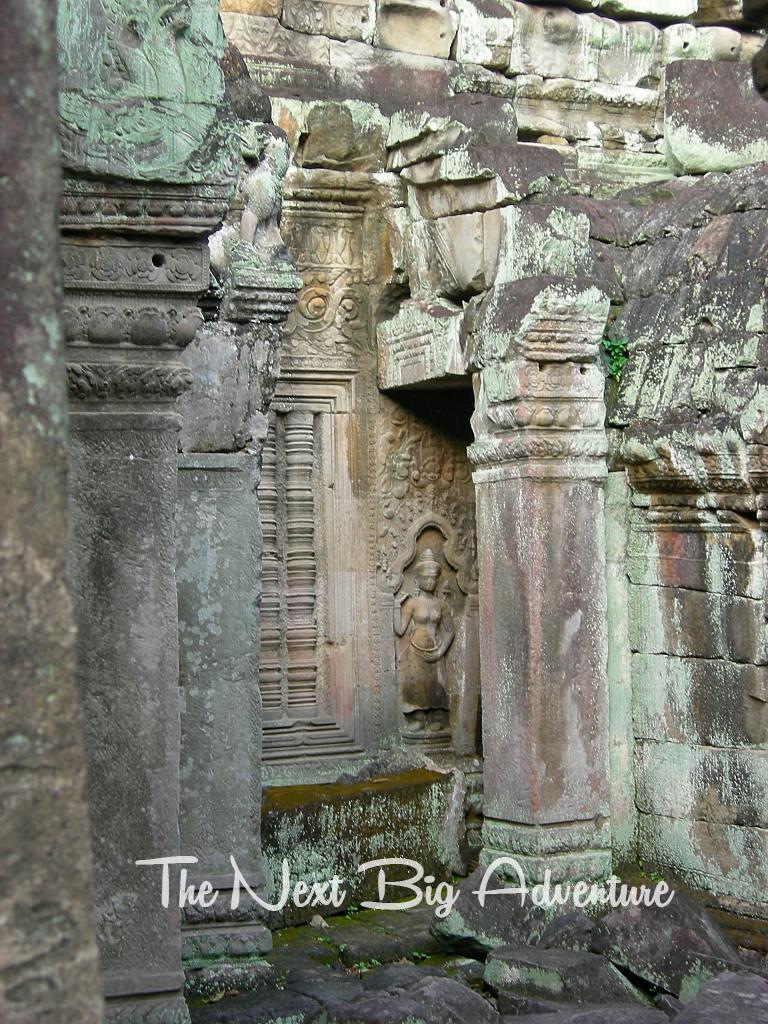
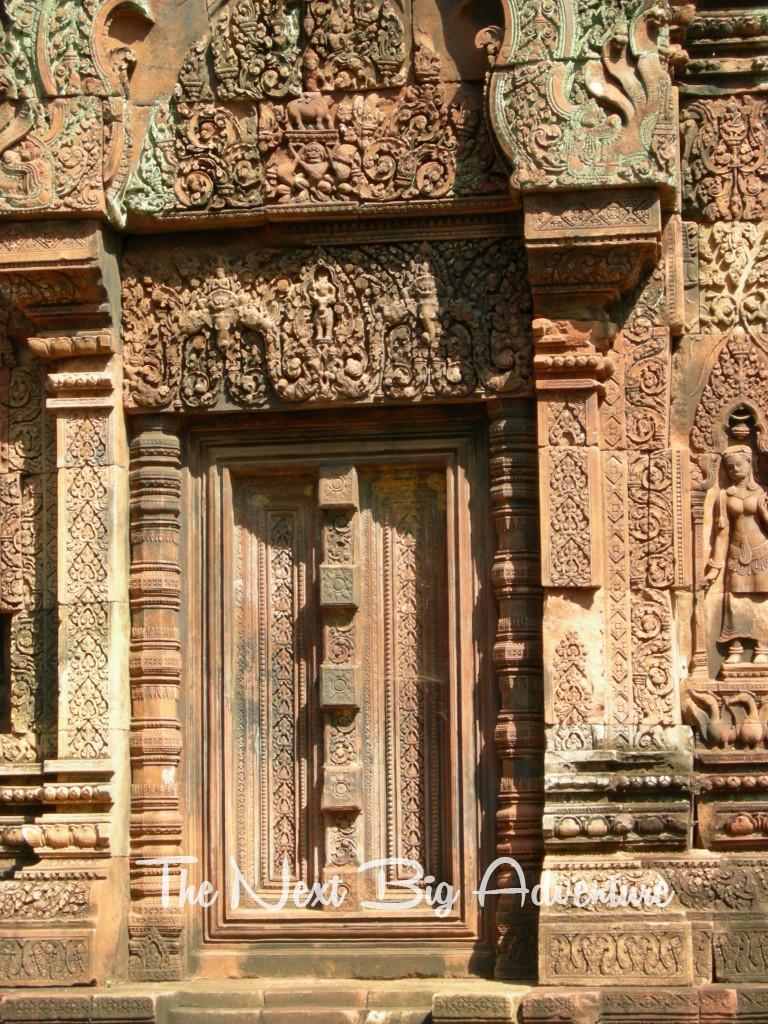
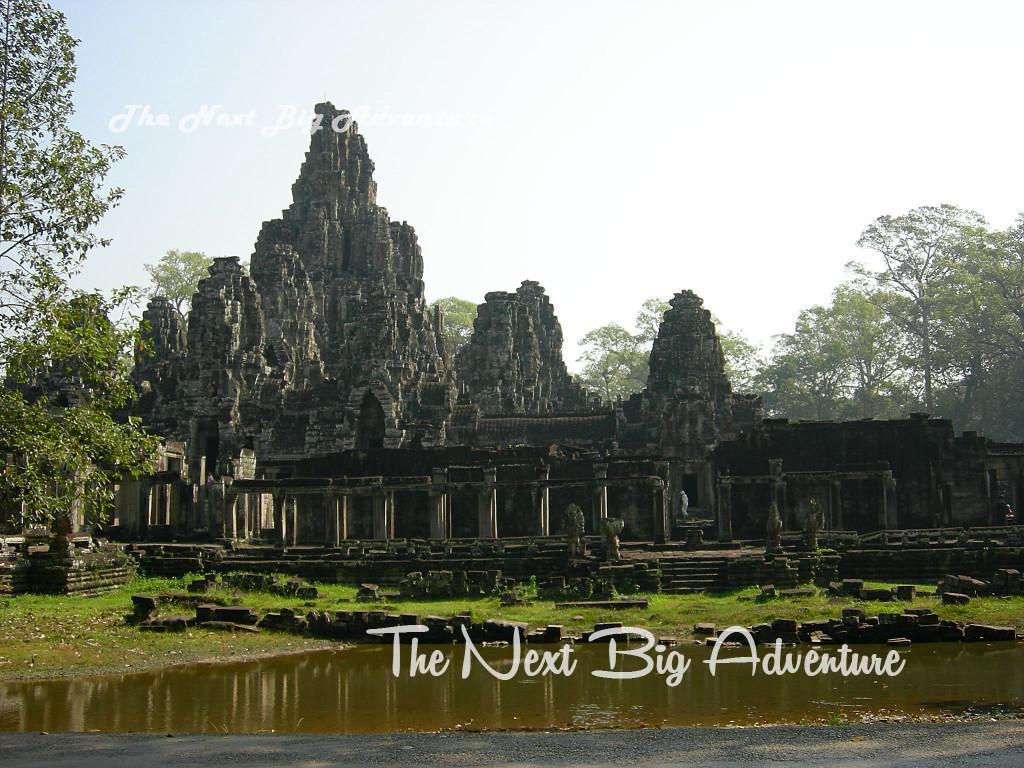
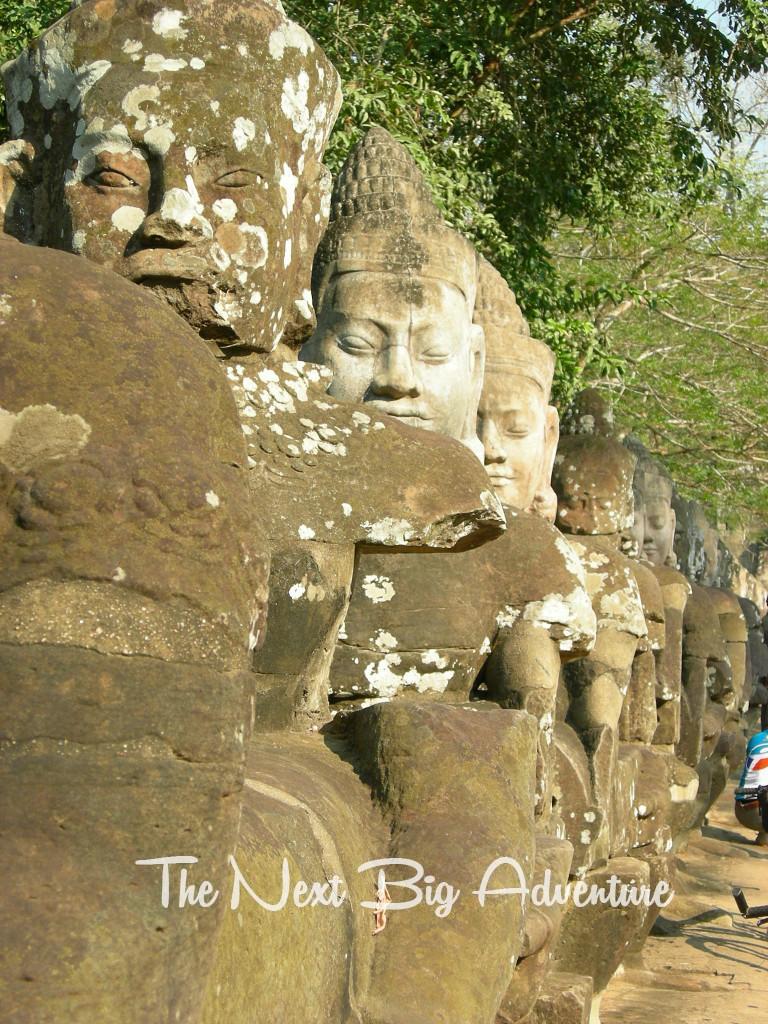
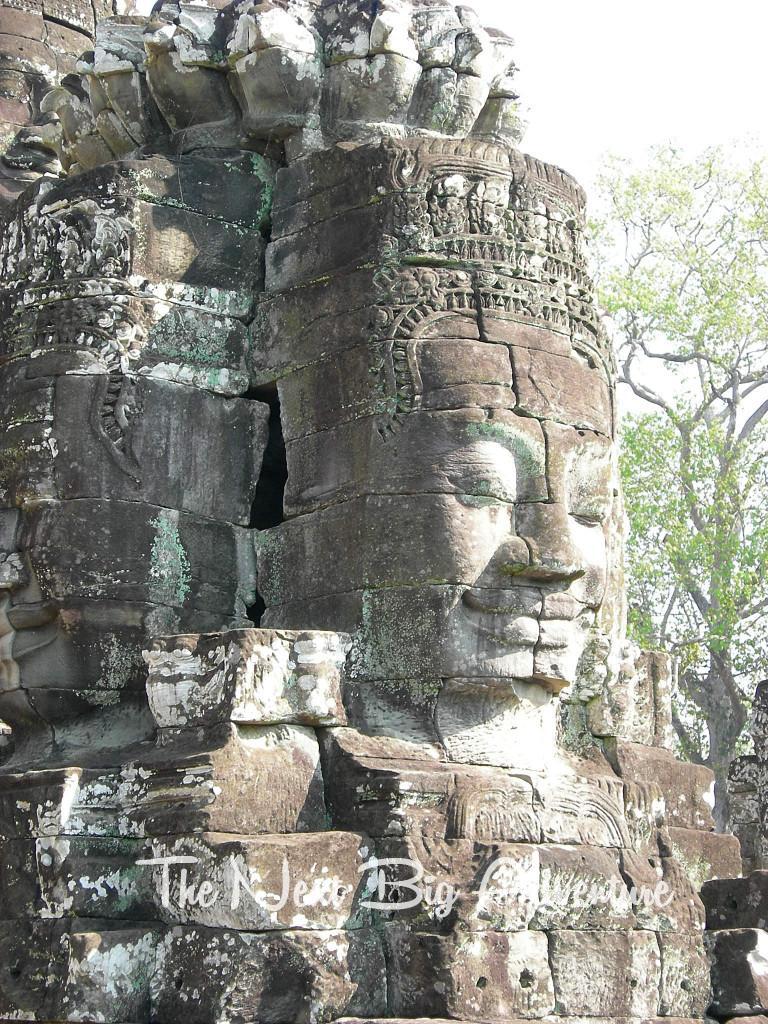
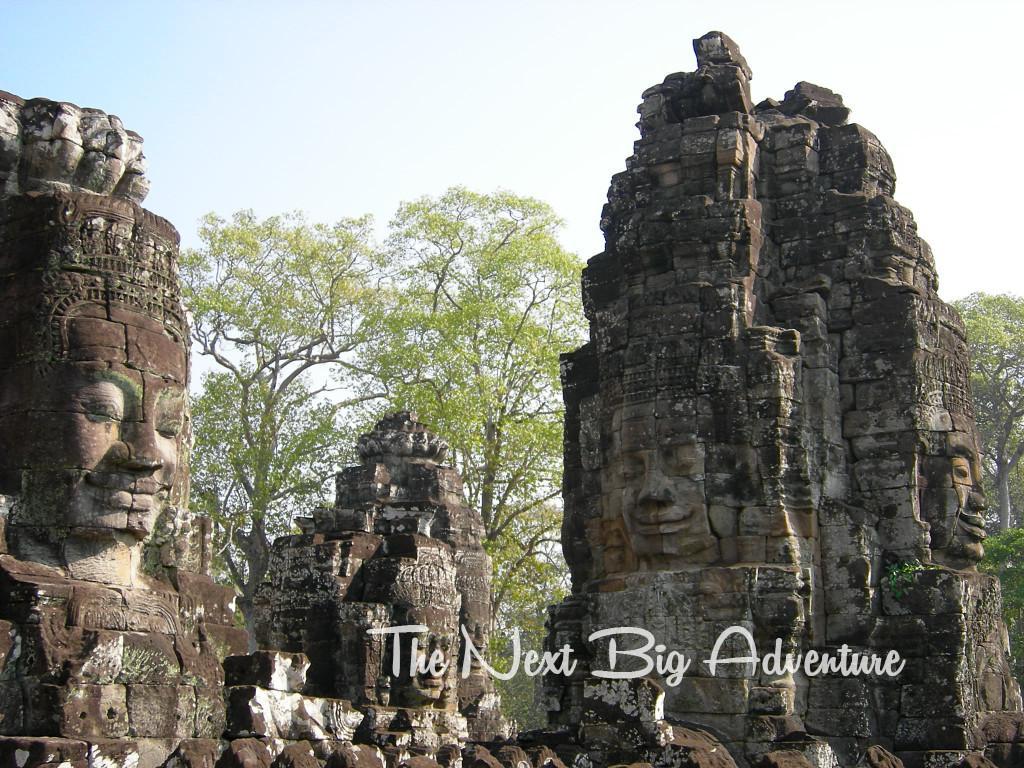
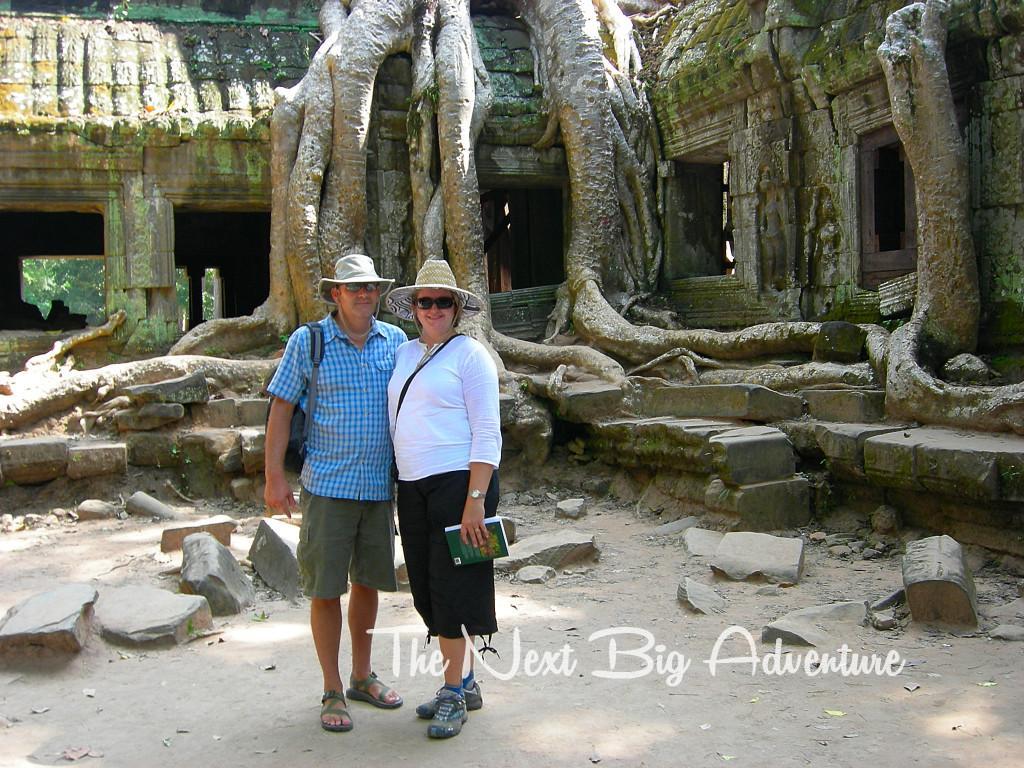
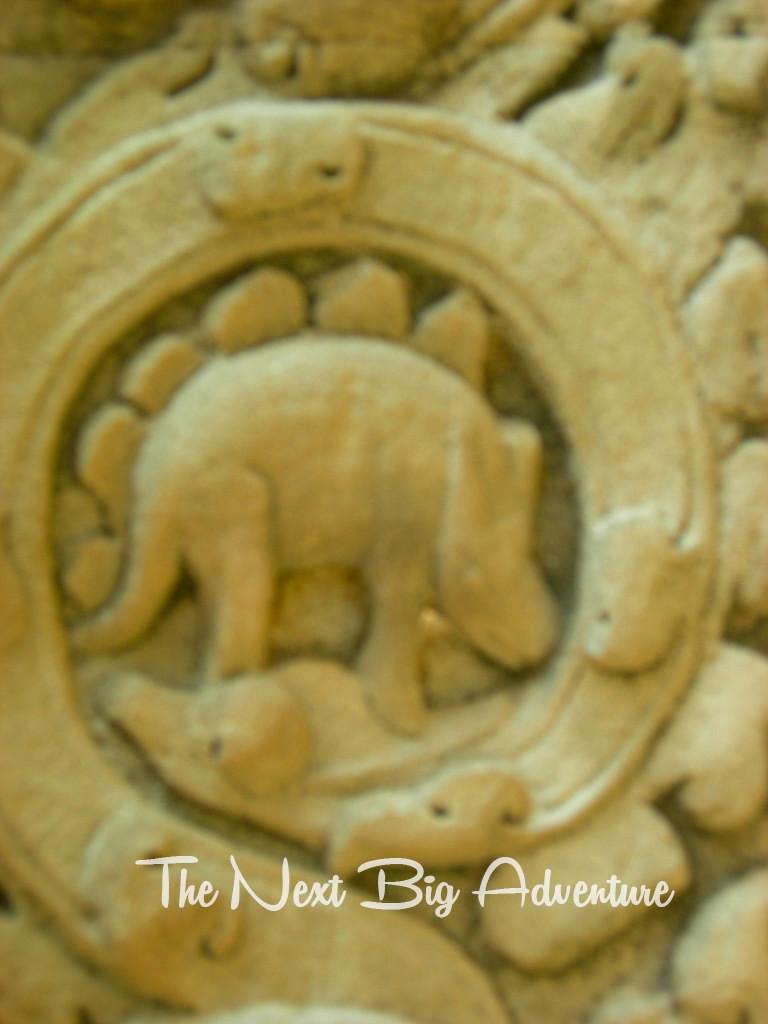
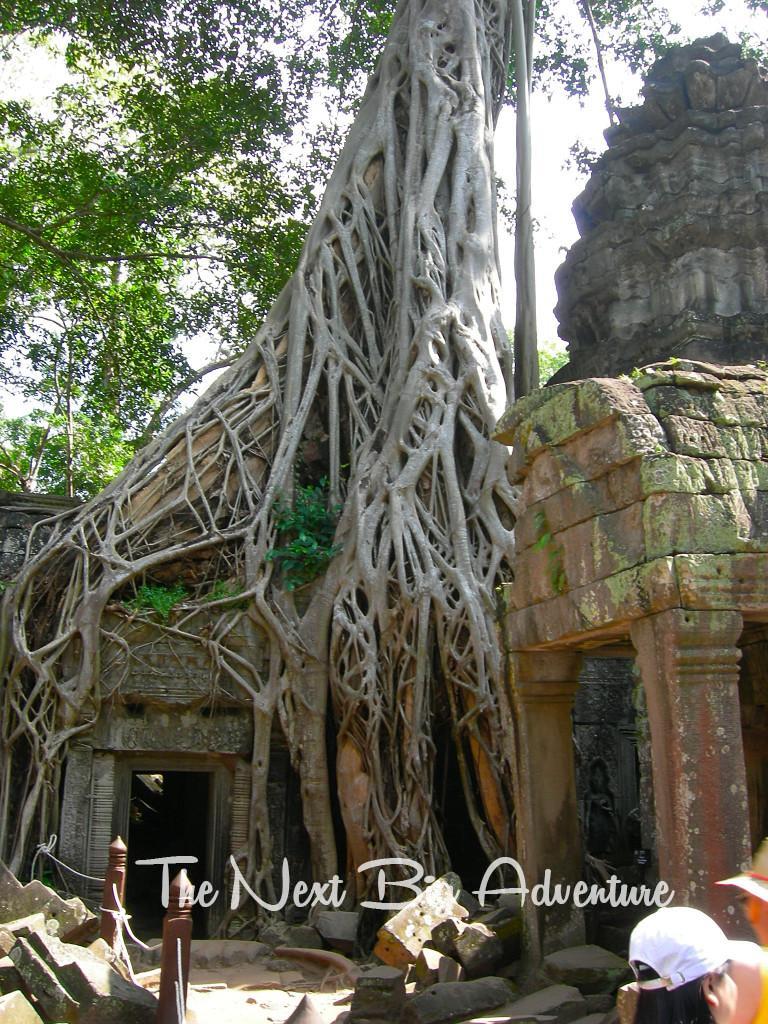
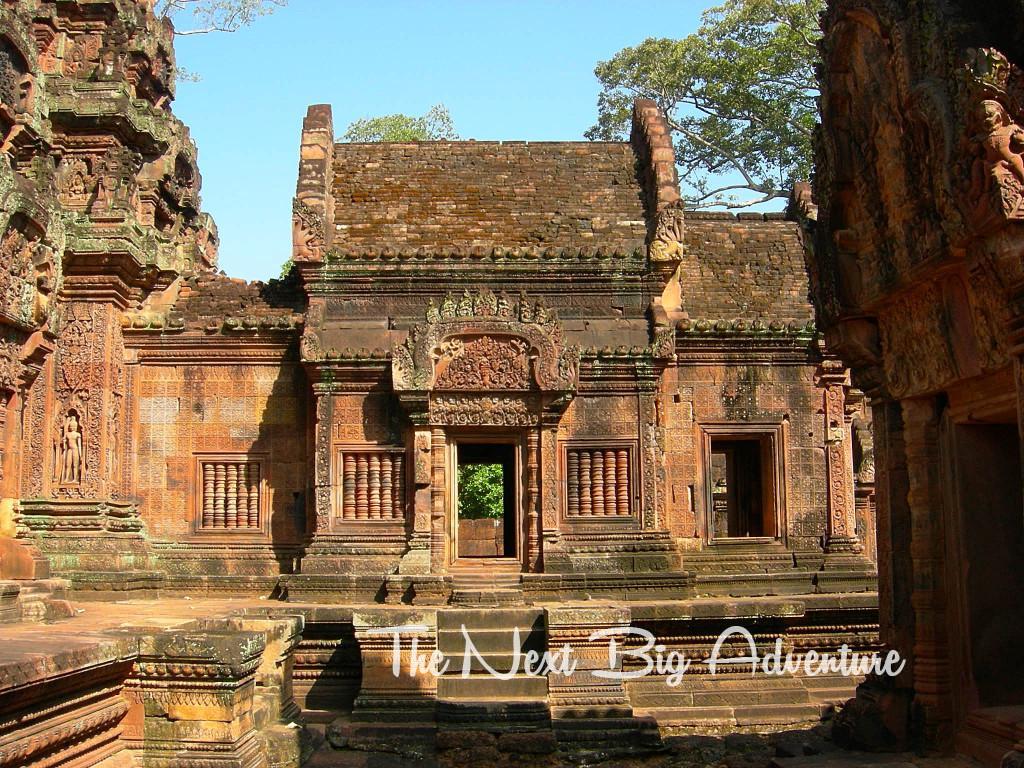
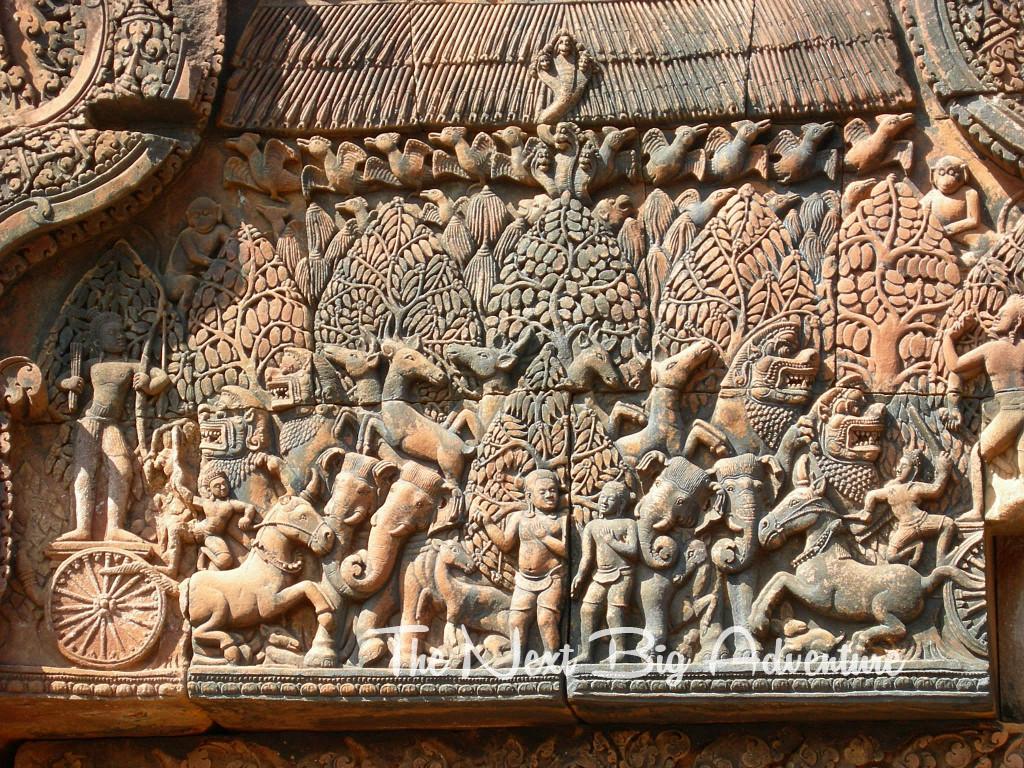
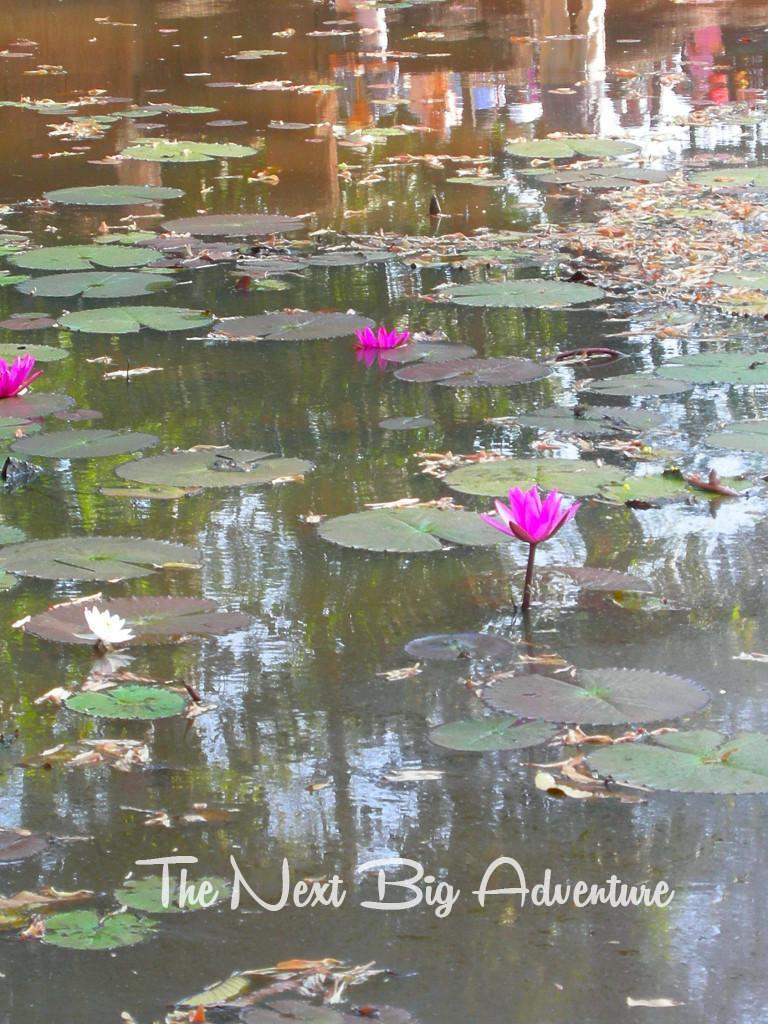
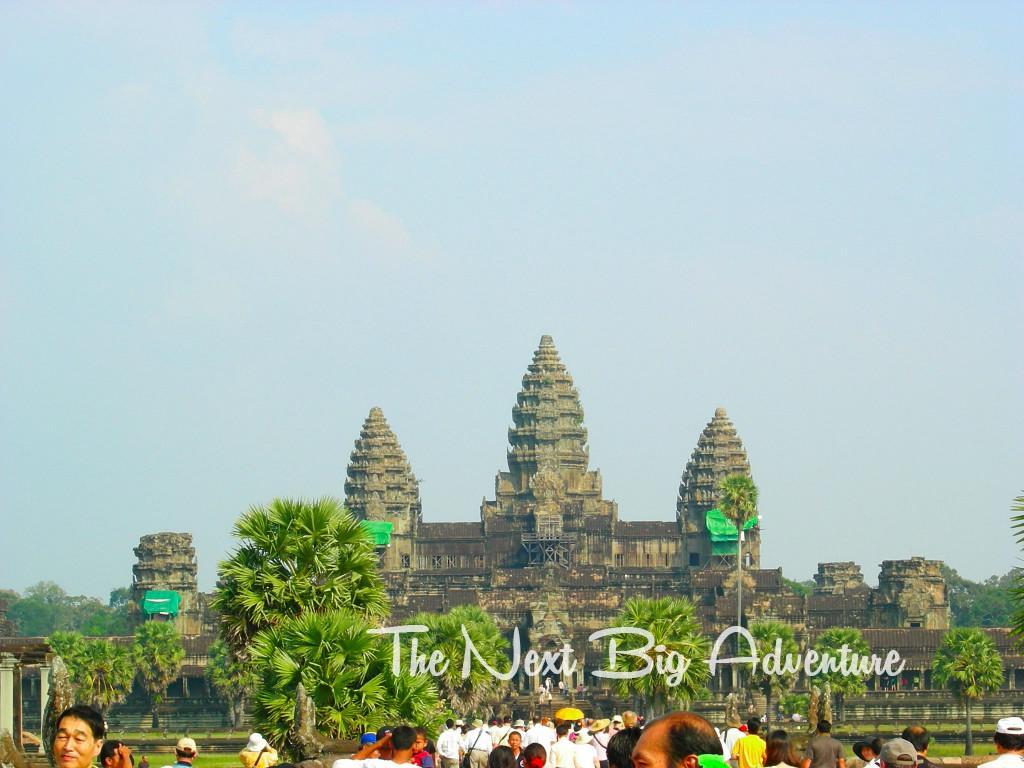
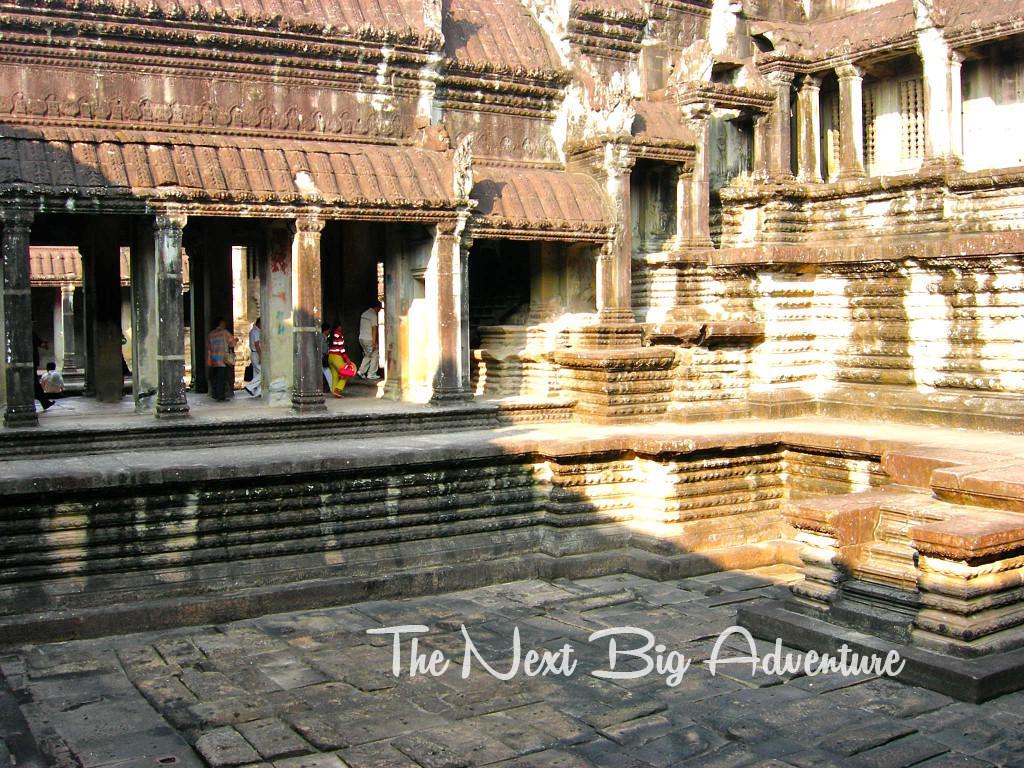
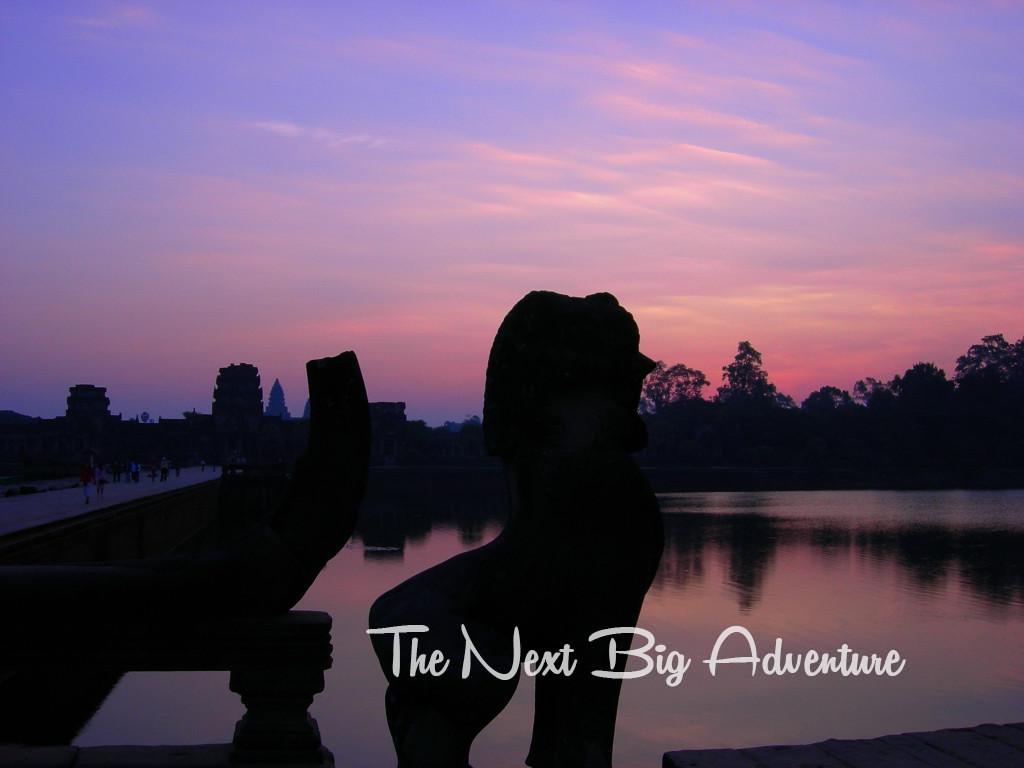
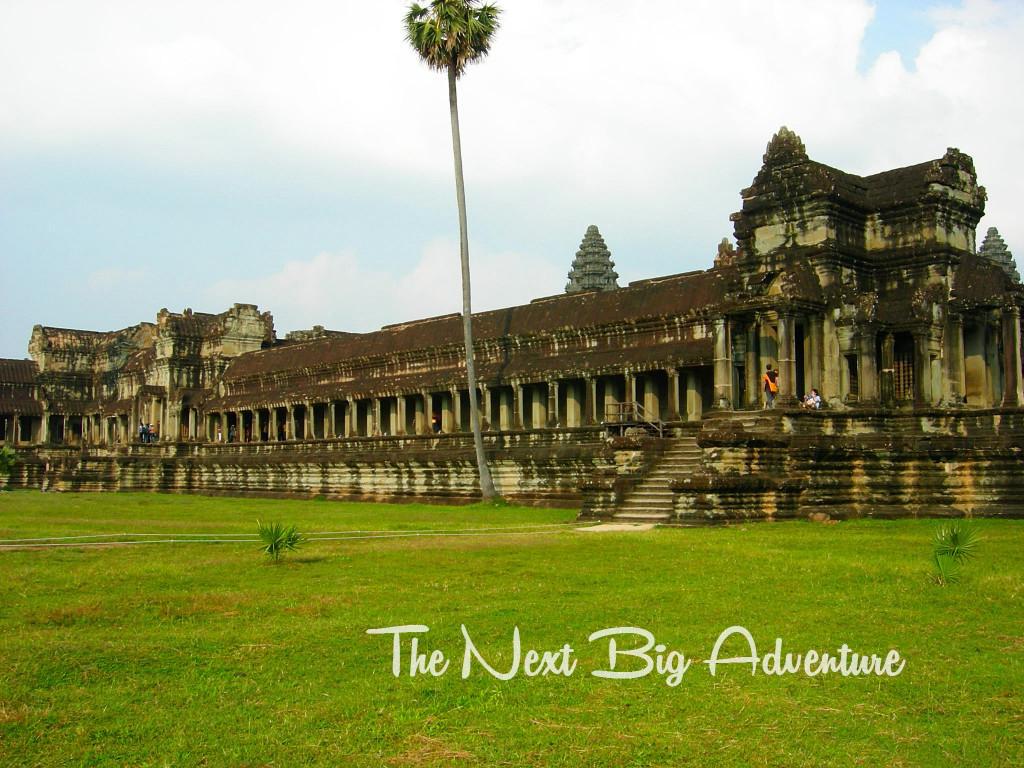
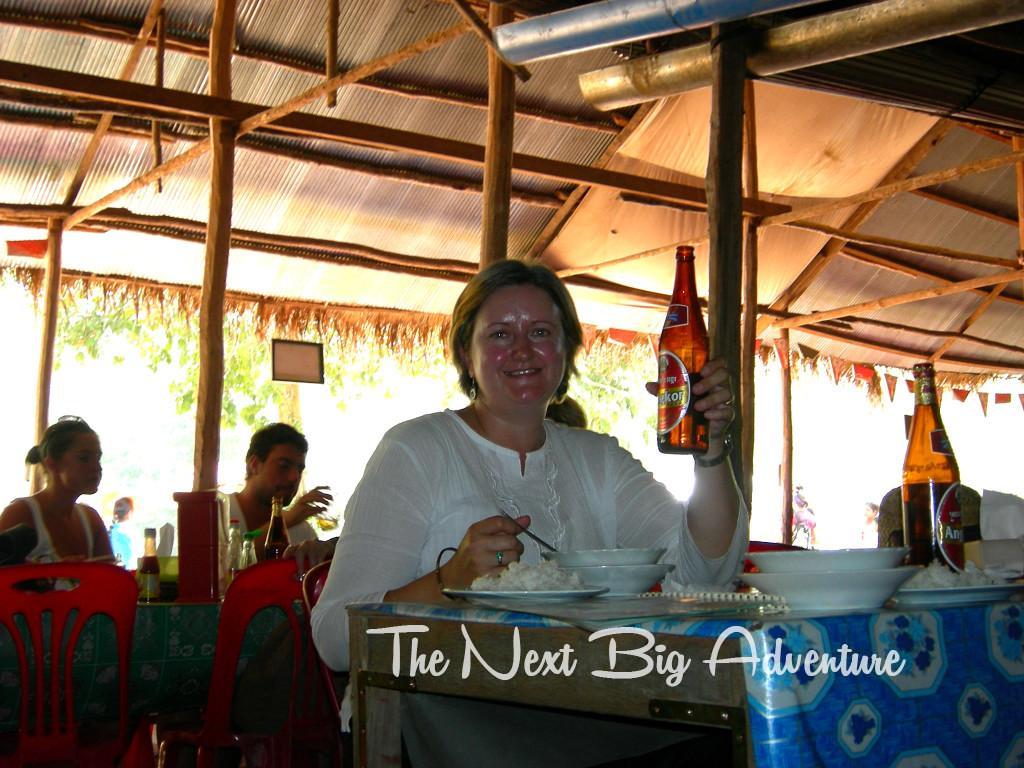
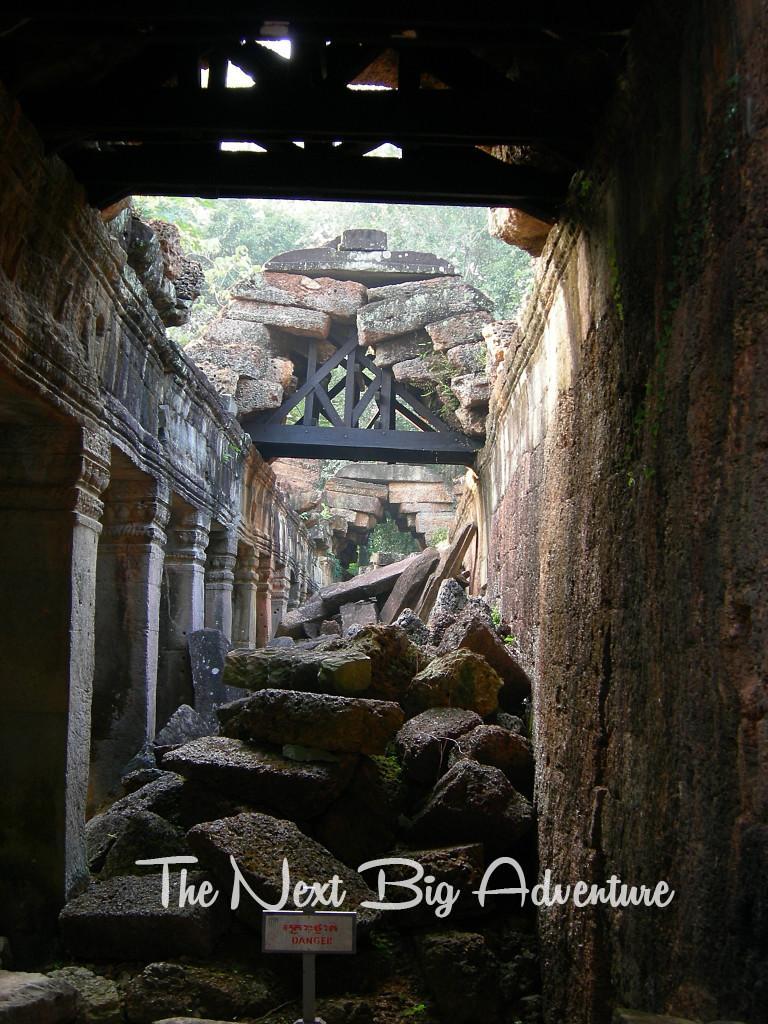
Beautiful photos. I can’t wait to get there myself.
You’ll love it. Cambodia is an amazing country.